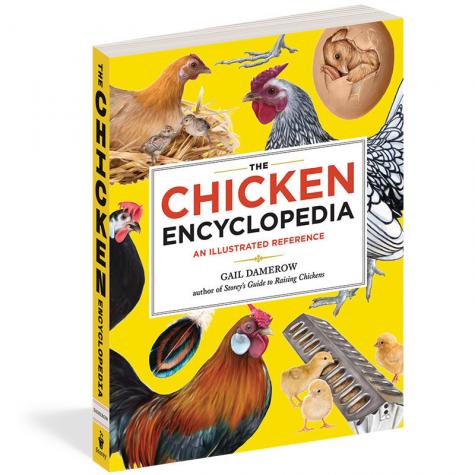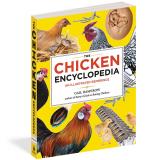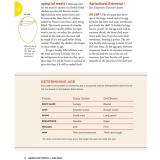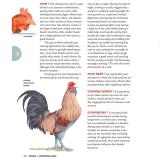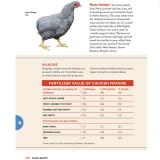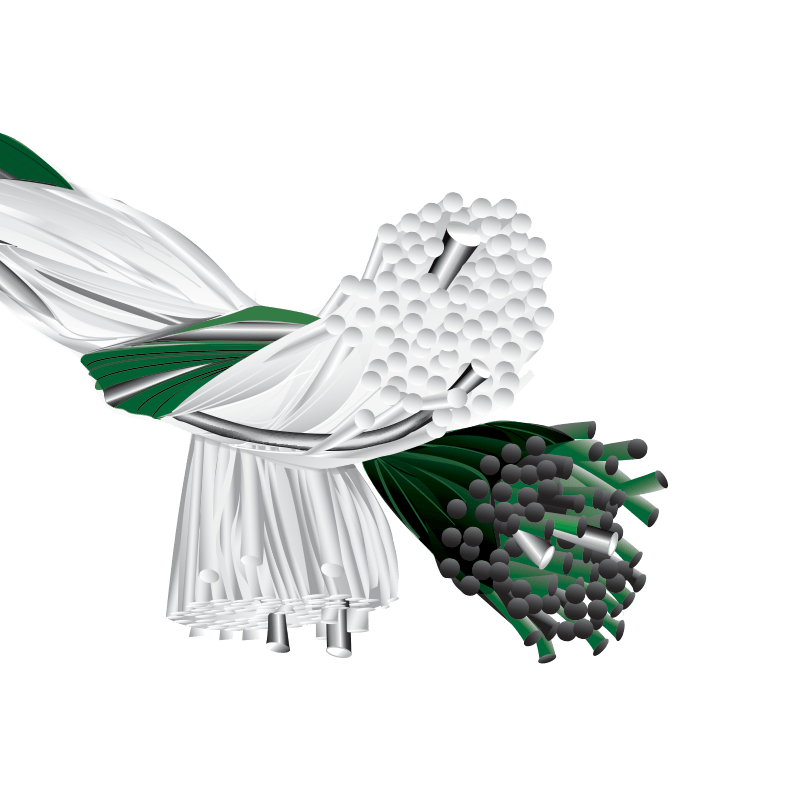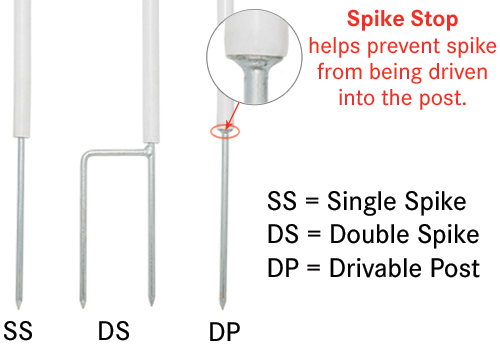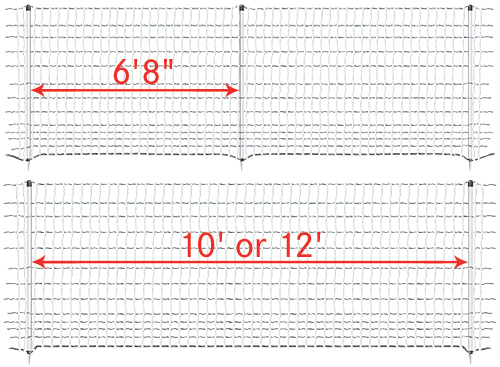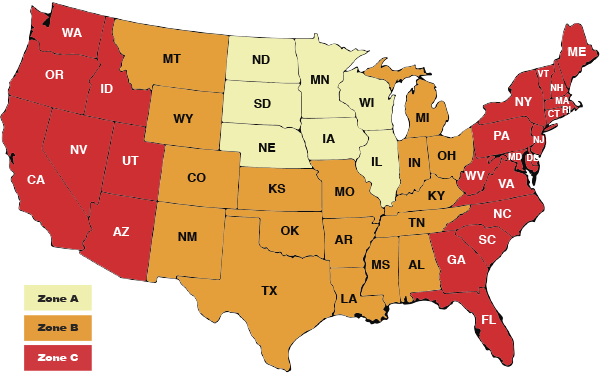The Chicken Encyclopedia
Product Details
From addled to wind egg, crossed beak to zygote, the terminology of everything chicken is demystified in this illustrated A-to-Z reference that is both informative and entertaining.
Whether it's the difference among wry tail, split tail, and gamy tail; the meaning of hen feather, forced molt, or quill feather; the content of granite grit; the characteristics of droopy wing; or the translation of a chicken's alarm call, here are the answers to every chicken question and quandary.
Benefits
From addled to wind egg, crossed beak to zygote, if it concerns chickens, it's covered in this comprehensive encyclopedia. Now you can find the answers to all your chicken questions quickly, easily—and accompanied by illustrations.
- What do mille fleur and mooney spangled feathers look like?
- Which breeds lay blue-green eggs?
- What's the difference between inbreeding and outcrossing?
- What's the difference between outer thick and inner thin egg white?
- Why do chicken legs have dark meat, while breasts have light meat?
- What's the difference between a flat and a flight? A false wing and a wingette?
- What are the key signs of the most common chicken predators?
- What's the difference between brooding and incubating?
- What are the best ways to catch a chicken?
- How (and why) do you hypnotize a chicken?
- Why do chickens molt?
- How is a crested chicken's anatomy unique?
Specs
Write a Review
You must be logged in to leave a review. Please sign in.


